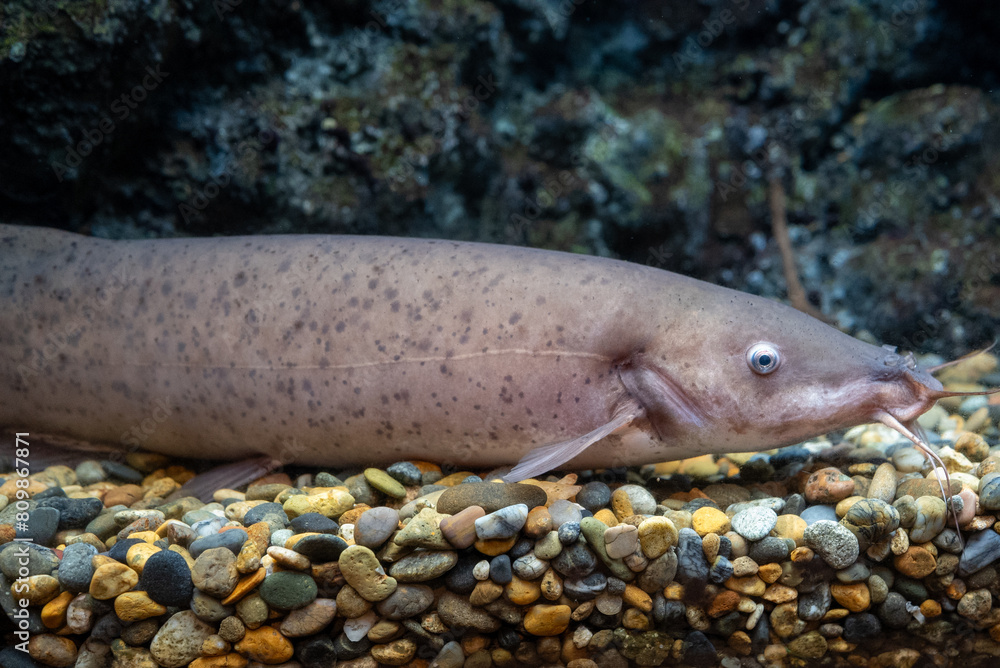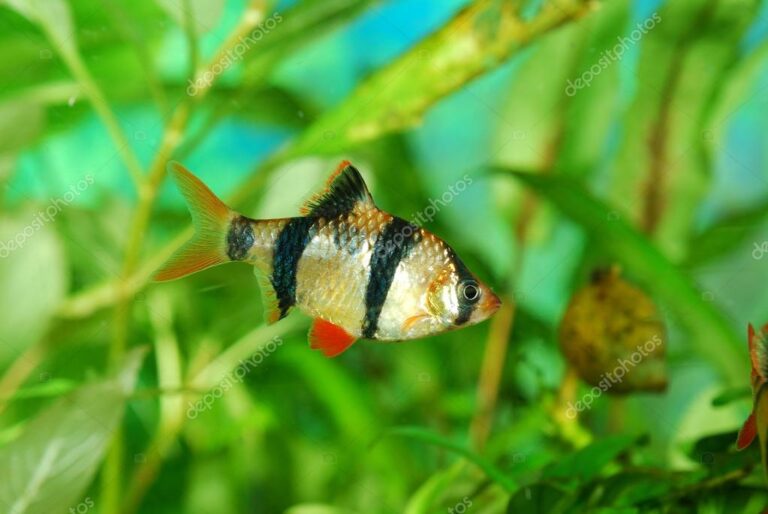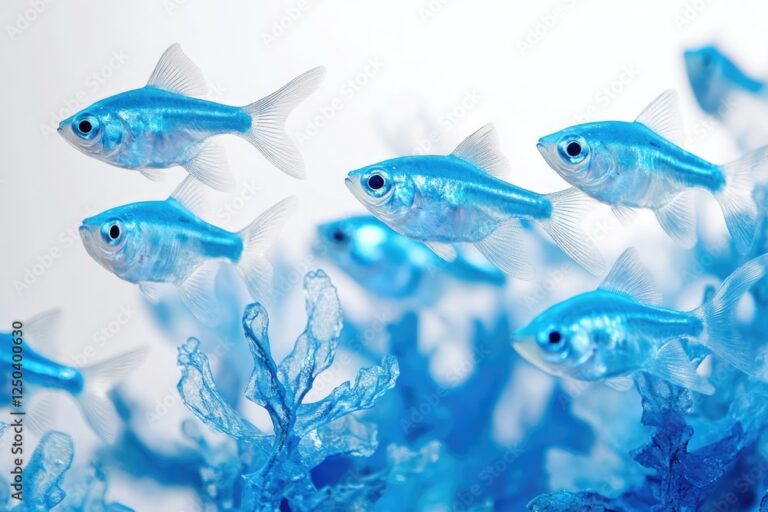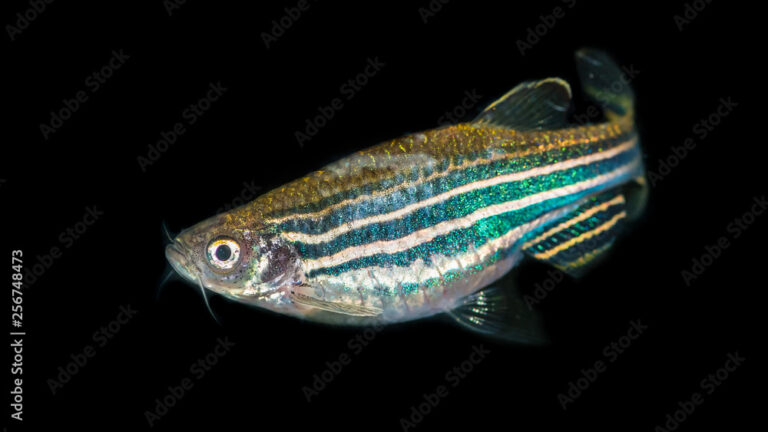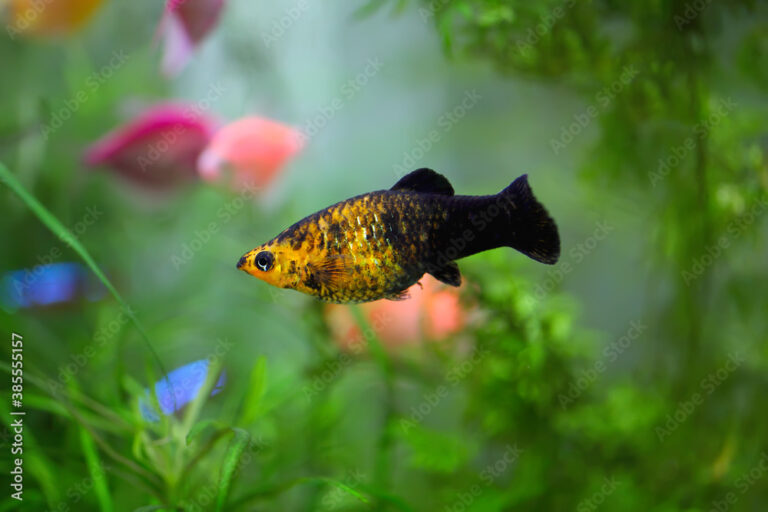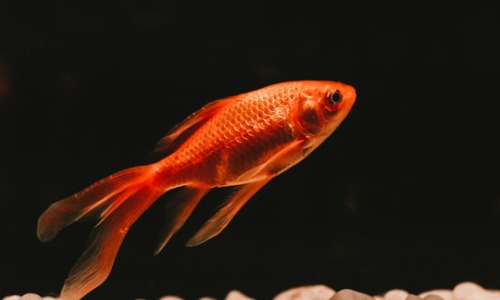The Allure of Electric Catfish in Freshwater Aquariums

Electric Catfish are some of the most fascinating freshwater fish you can encounter. Known for their unique ability to generate electric shocks, these captivating creatures bring a level of intrigue few other aquarium species can match. But owning Electric Catfish is not for the faint of heart; it requires understanding, responsibility, and a willingness to learn.
If you’re an aquarium hobbyist curious about bringing these electrifying fish into your setup, this guide is for you. Here’s everything you need to know—from their natural habitat to setting up the ideal tank and even ethical considerations.
Where Do Electric Catfish Come From?
Electric Catfish originate from freshwater systems across Africa, particularly the Nile River Basin, the Congo Basin, and various rivers in West Africa. They inhabit slow-moving waters, including muddy rivers, floodplains, and swamps. These environments are rich in vegetation and offer plenty of hiding places, which are crucial for their survival.
Their unique ability to generate electricity helps them hunt prey and protect themselves from predators. According to Dr. Emily Carter, a freshwater biologist, “Understanding their natural habitat can be key to mimicking their environment in captivity, which helps ensure their health and happiness.”
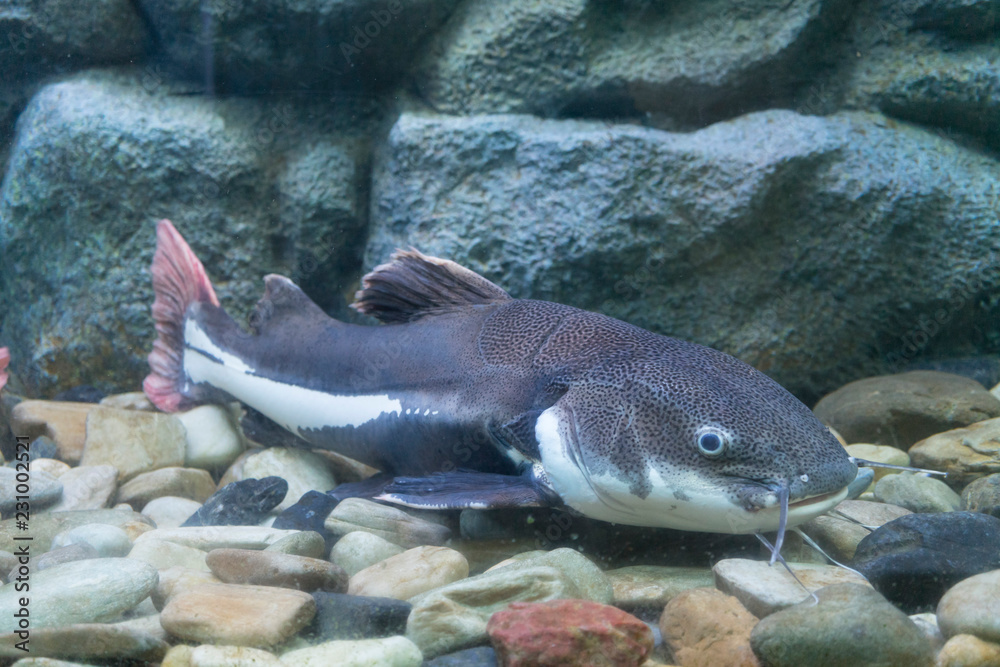
Physical Traits and Behavior
Electric Catfish are distinctive in both appearance and behavior. They are typically brownish-gray with mottled patterns, though their coloration can vary depending on their environment. They have a cylindrical, elongated body and lack scales, which makes them particularly sensitive to water conditions.
What sets them apart is their ability to generate electric shocks of up to 350 volts! While these shocks aren’t harmful to humans in most cases, they are powerful enough to stun prey or deter threats.
Temperament-wise, Electric Catfish can be territorial and aggressive, particularly with other fish in the tank. They’re nocturnal, meaning they are more active during the night.
Setting Up an Electric Catfish Aquarium
Creating the right environment for Electric Catfish is critical. Let’s break it down:
Tank Size
Electric Catfish can grow up to 24 inches in length, so they’ll need a spacious tank. A minimum of 75 gallons is recommended for a single catfish, but larger tanks are ideal.
Water Parameters
- Temperature: 74°F to 82°F
- pH Range: 6.0 to 7.5
- Hardness: Soft to moderately hard water
John Smith, an experienced aquarium hobbyist, emphasizes, “Proper tank setup and water parameters are crucial for the well-being of Electric Catfish; they are sensitive to changes in their environment.”
Decor
Provide plenty of hiding spots using driftwood, rocks, and artificial caves. A natural substrate like sand is preferred, as it mimics their natural habitat. Adding aquatic plants can create shaded areas, though be cautious—they may uproot plants while foraging.
Feeding Electric Catfish
Electric Catfish are opportunistic feeders. They primarily consume live prey in the wild but adapt well to a varied diet in captivity.
Diet Guidelines:
- Staples: Earthworms, small fish, and shrimp.
- Variety: High-quality carnivore pellets and frozen food like bloodworms.
- Avoid overfeeding; Electric Catfish are prone to obesity when given excessive food.
John notes in his case study that a balanced diet led to visible improvements in his Electric Catfish’s energy levels and coloration.

Tank Mates for Electric Catfish
Choosing tank mates for Electric Catfish can be tricky due to their territorial nature and electric abilities.
Suitable Companions
- Large, non-aggressive species like Plecos or Silver Dollars.
- Other robust, semi-aggressive fish that can hold their ground.
Species to Avoid
- Small, delicate fish like Neon Tetras, which can become prey.
- Other Electric Catfish or territorial species, as they will likely clash.
Sarah Johnson, an aquarium conservationist, advises, “Always observe interactions closely when adding new tank mates and be prepared to make adjustments if issues arise.”
Common Health Issues and Prevention
Electric Catfish are hardy but can be susceptible to certain health problems if their environment isn’t optimal.
Common Issues:
- Skin infections, due to their scaleless bodies, making them vulnerable to parasites.
- Stress-related illnesses, caused by poor water parameters or overcrowding.
Preventive measures include regular water changes, maintaining stable water parameters, and feeding a nutritious diet.
Breeding Challenges in Captivity
Breeding Electric Catfish in home aquariums is rare but not impossible. The local aquarium in Chicago achieved success by replicating seasonal changes, such as adjusting water flow and temperature. They emphasize the importance of a stress-free environment and a varied diet during this period.
It’s worth noting that breeding can be challenging due to their aggressive nature and the lack of extensive research on their reproductive habits.

Legal and Ethical Considerations
Before bringing an Electric Catfish into your tank, consider the following:
- Local Regulations: Some areas restrict the ownership of Electric Catfish, so check your local laws.
- Size and Care Commitment: Ensure you have the resources and knowledge to provide lifelong care.
Sarah Johnson underscores, “Responsible ownership is key; be fully aware of the commitment before considering keeping Electric Catfish.”
Why Electric Catfish Deserve a Spot in Your Aquarium
Keeping Electric Catfish is not just about admiration—it’s a commitment to understanding and respecting one of nature’s most fascinating creatures. When given the right environment, these unique fish can thrive and turn your aquarium into a captivating display of freshwater biodiversity.
For those willing to dedicate the time and effort, the rewards are immeasurable. With their intriguing behaviors and unique abilities, Electric Catfish are truly one-of-a-kind additions to any freshwater aquarium.
Thinking of adding one to your setup? Start by consulting experienced hobbyists and take the time to create a thriving habitat that meets their specific needs.

